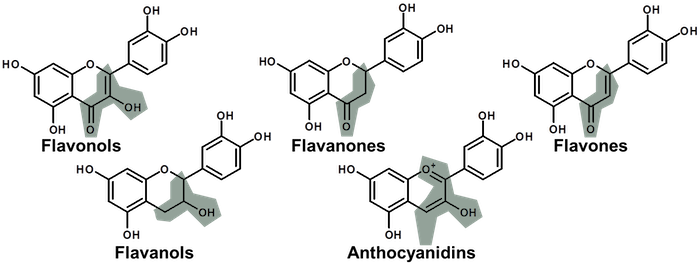New Report on Flavanols in Cacao for Heart Protection and What it Means to a Favorite Treat!
#27 2024. The Rowen Premium Report
\
Dear Subscriber,
Well, the holiday season is winding up and each year it seems to come earlier. When I was a youth, Christmas season started on Black Friday. Now it is in full swing up to 10 days BEFORE Thanksgiving. I like the old days better. One holiday at a time.
I am just returned with Terri from a ‘holiday’ with my siblings – a reunion. We always have a grand time with lots of belly laughs remembering the past. It was to honor me turning 75. Imagine – ¾ of a century! Hard for me to believe. We siblings are also very able to not just laugh with and at each other, but share some divergent political views without the judgment and turning away that many other families face in the political turmoil of our times. We are blessed.
During this time, a new important, but not surprising, study has come out on the benefits of cocoa. I have covered bioflavonoids repeatedly in this Substack, including flavonoids from cocoa.
Bioflavonoids is a loose term for a group of molecules that are “polyphenols”. Here are some molecular examples courtesy of Mars company:
What are Flavonoids?
Flavonoids are a sub-group of polyphenols that are found in various fruits and vegetables. Flavonoids are divided into subclasses based on their distinct chemical structures. Common subclasses found in the human diet include: flavanols, flavonols, flavones, flavanones, anthocyanins, isoflavones, and proanthocyanidins. Flavonoids are widely present in the diet, for example isoflavones in soy, anthocyanins in berries, flavonols in onions and broccoli, flavones in parsley, and flavanones in citrus fruits.
You will see in the molecular structure lots of “rings” and double bonds. The OH connected to the ring makes it a poly phenol. These structures have the amazing ability to capture and quench stray electrons (free radicals) or donate an electron to an unpaired electron (free radical) seeking to raise havoc.



